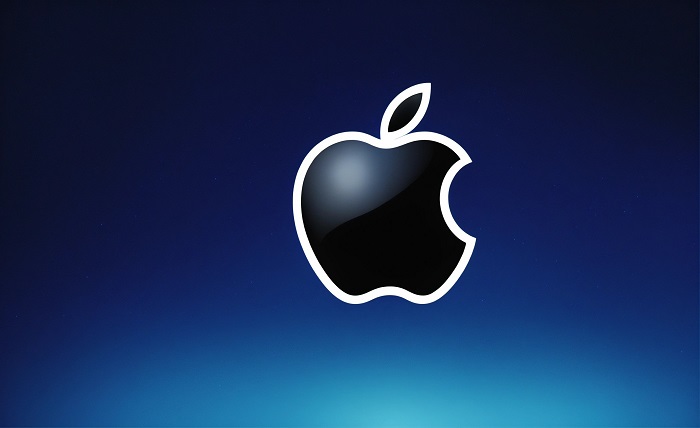Comprehensive iCloud Help Guide: Mastering Apple’s Cloud Service

Apple’s iCloud is a powerful tool designed to sync, store, and share your digital life across all your Apple devices. Whether you’re a new user or a seasoned Apple aficionado, understanding the ins and outs of iCloud can significantly enhance your digital experience. In this blog post, we’ll explore every aspect of iCloud help to ensure you’re getting the most out of this service.
What is iCloud?
iCloud is Apple’s cloud storage and computing service that enables users to store data such as photos, documents, and music on remote servers for download to iOS, macOS, and Windows devices. It also provides the means to back up iOS devices directly to iCloud, share files, and keep everything in sync across multiple devices. iCloud help can assist you in setting up and using these features efficiently.
Read more about boxbraids
Setting Up iCloud
Setting up iCloud is straightforward. To begin, navigate to the Settings app on your iOS device or System Preferences on your Mac, and sign in with your Apple ID. If you encounter any issues during this process, iCloud help is readily available to guide you through the necessary steps. Ensuring you have a strong internet connection is crucial for a smooth setup experience.
iCloud Storage Plans
iCloud offers several storage plans to suit different needs, starting with a free 5GB plan. For those requiring more space, paid options include 50GB, 200GB, and 2TB plans. iCloud help can provide insights into which plan might be best for you based on your usage and storage requirements. Regularly reviewing your storage usage can help you manage your plan effectively.
Using iCloud Drive
iCloud Drive is a component of iCloud that allows you to store files and access them from any device. To start using iCloud Drive, simply drag and drop your files into the iCloud Drive folder on your Mac or PC. For mobile devices, the Files app provides access to iCloud Drive. If you need assistance with file management, iCloud help can offer detailed guidance on organizing and accessing your files.
iCloud Photos
iCloud Photos automatically uploads and stores your entire photo library, making it accessible from any device. This feature ensures that your photos and videos are safe and easily shareable. To enable iCloud Photos, go to Settings > Photos on your iOS device and toggle on iCloud Photos. For further customization and troubleshooting, iCloud help is a valuable resource.
Read more about how2-invest
iCloud Backup
iCloud Backup is an essential feature for protecting your data. It automatically backs up your iOS device daily when connected to Wi-Fi and plugged into power. This backup includes app data, device settings, messages, and more. If you encounter any problems with your backups, iCloud help can provide solutions and tips to ensure your data is securely backed up.
Sharing with iCloud
iCloud makes sharing photos, calendars, notes, and more with family and friends effortless. Using Family Sharing, you can share iCloud storage, Apple Music subscriptions, and app purchases with up to six family members. iCloud help can assist you in setting up and managing Family Sharing to ensure everyone stays connected and organized.
iCloud and Privacy
Apple takes privacy seriously, and iCloud is designed with robust security measures to protect your data. All data stored in iCloud is encrypted both in transit and on the server. If you have concerns about your privacy or need to adjust your security settings, iCloud help can guide you through the best practices for maintaining your privacy.
9. Troubleshooting iCloud Issues
Despite its reliability, you might encounter issues with iCloud from time to time. Common problems include syncing errors, storage full alerts, and login issues. iCloud help provides a comprehensive troubleshooting guide to address these problems. Restarting devices, checking internet connections, and ensuring software updates are common initial steps recommended by iCloud help.
Optimizing iCloud Usage
Maximizing the benefits of iCloud involves optimizing its usage across your devices. Regularly reviewing your storage, managing backups, and keeping your software updated are key practices. iCloud help can offer personalized tips based on your usage patterns to ensure you’re getting the most out of iCloud without unnecessary interruptions or issues.
Conclusion
guicloud is a versatile and essential tool for anyone within the Apple ecosystem. With the right iCloud help, you can seamlessly integrate this service into your daily life, ensuring your data is secure, accessible, and well-managed. By understanding and utilizing the features discussed in this guide, you’ll be well-equipped to make the most of iCloud.
FAQs
1. How do I upgrade my iCloud storage plan?
Upgrading your iCloud storage plan is easy. Go to Settings > [Your Name] > iCloud > Manage Storage > Change Storage Plan. Here, you can choose a plan that fits your needs. For detailed instructions, refer to iCloud help.
2. How can I recover deleted files from iCloud Drive?
Deleted files from iCloud Drive can be recovered within 30 days. On iCloud.com, go to iCloud Drive, click Recently Deleted, select the files, and click Recover. If you need assistance, iCloud help can guide you through the process.
3. Why is my iCloud storage full?
Your iCloud storage may be full due to backups, photos, and other files. Reviewing your storage usage in Settings can help identify what’s taking up space. For tips on managing storage, iCloud help is invaluable.
4. How do I share an iCloud calendar with others?
To share an iCloud calendar, open the Calendar app, tap Calendars, and then tap the Info button next to the calendar you want to share. Add the person’s email address and choose their access level. For more details, iCloud help can assist.
5. Can I use iCloud on non-Apple devices?
Yes, you can access iCloud on non-Apple devices by visiting iCloud.com and signing in with your Apple ID. For syncing options and other features, iCloud help provides comprehensive support.




